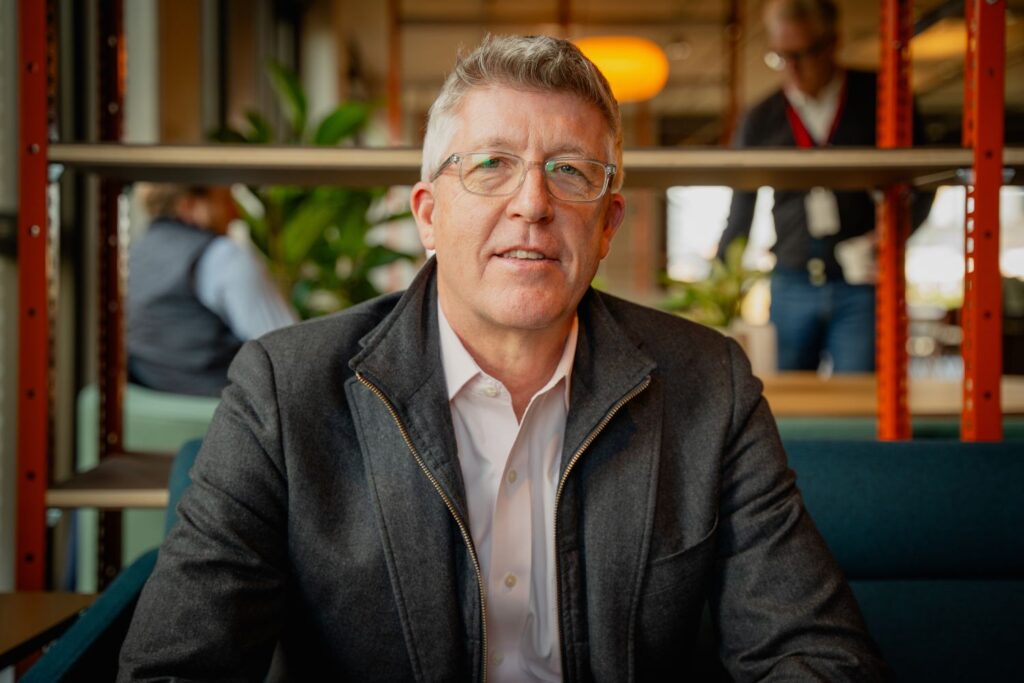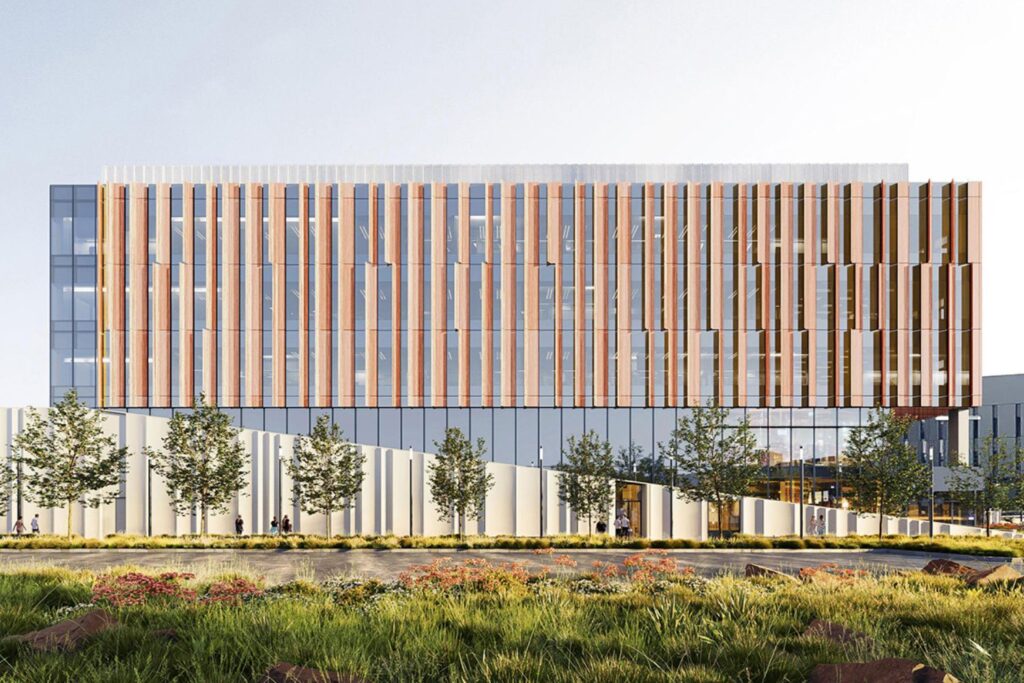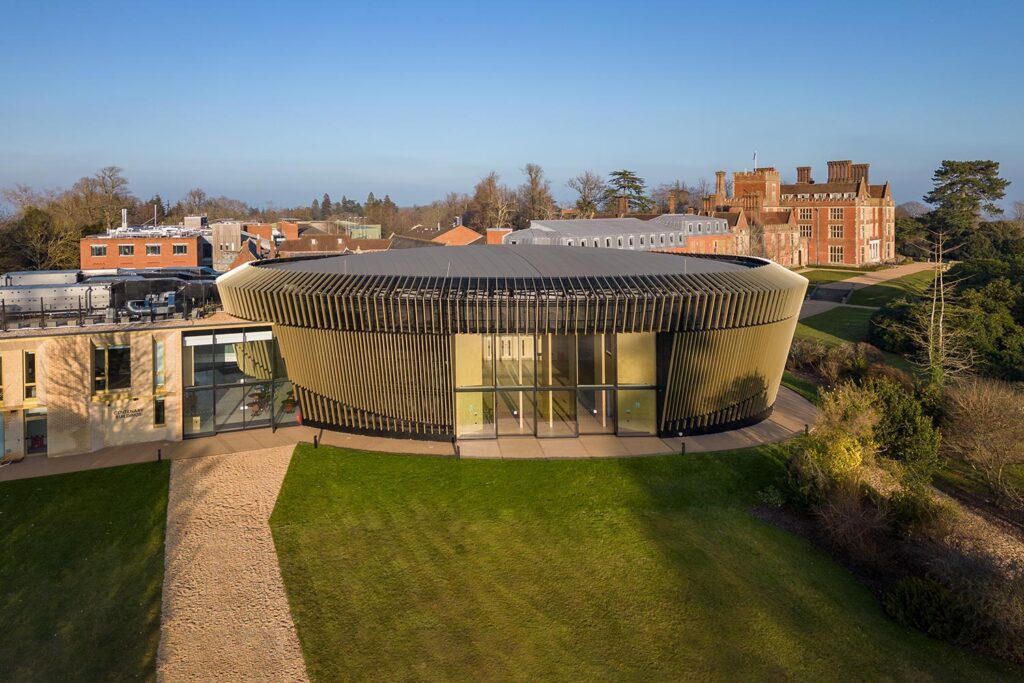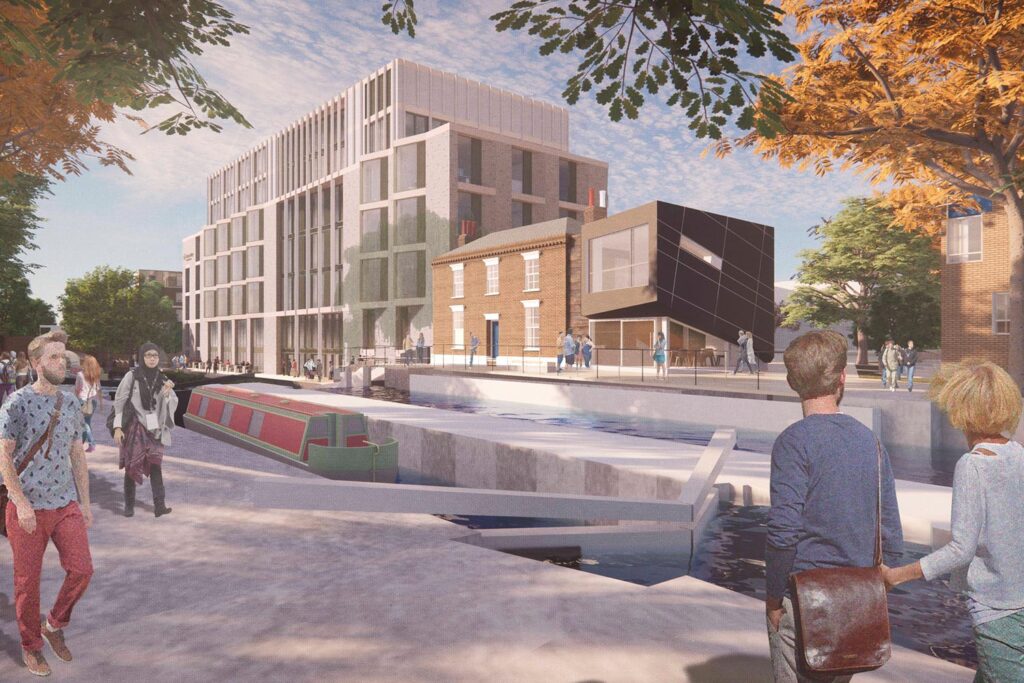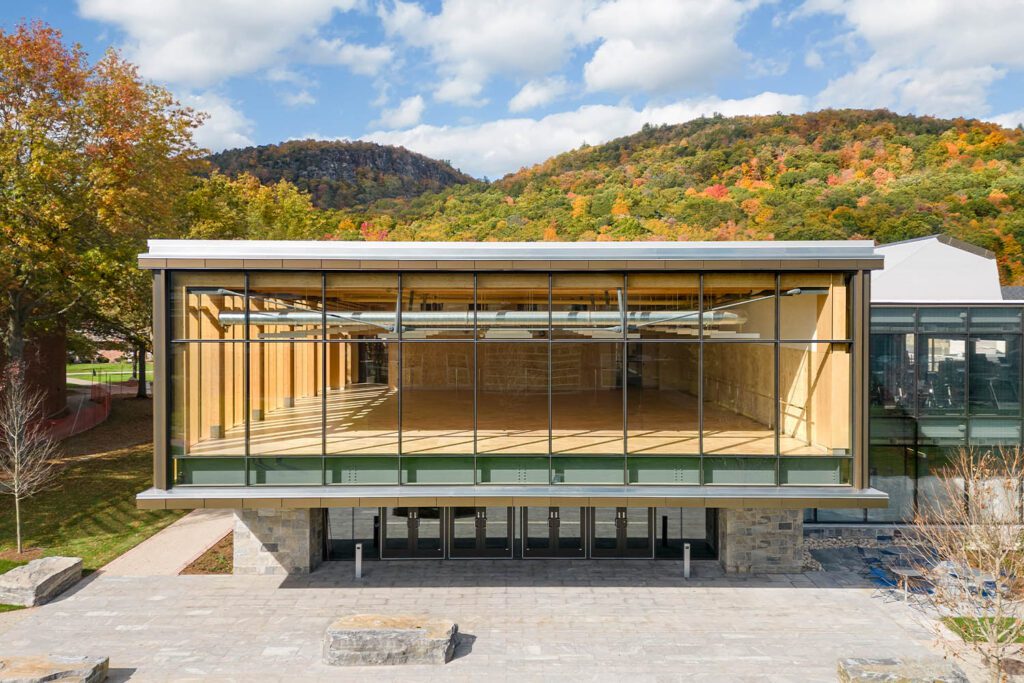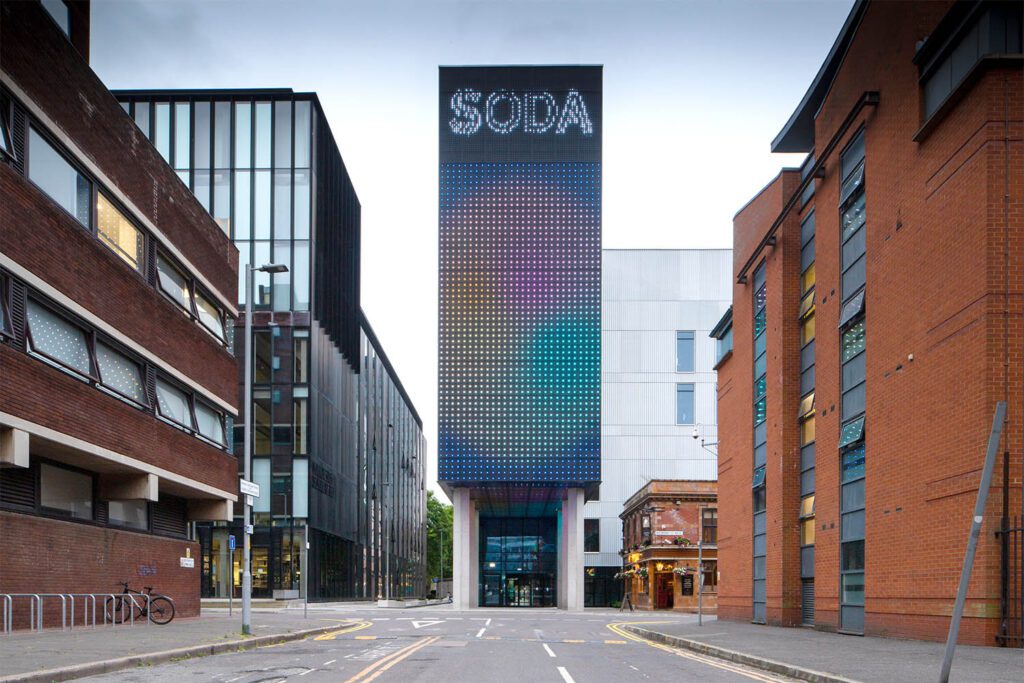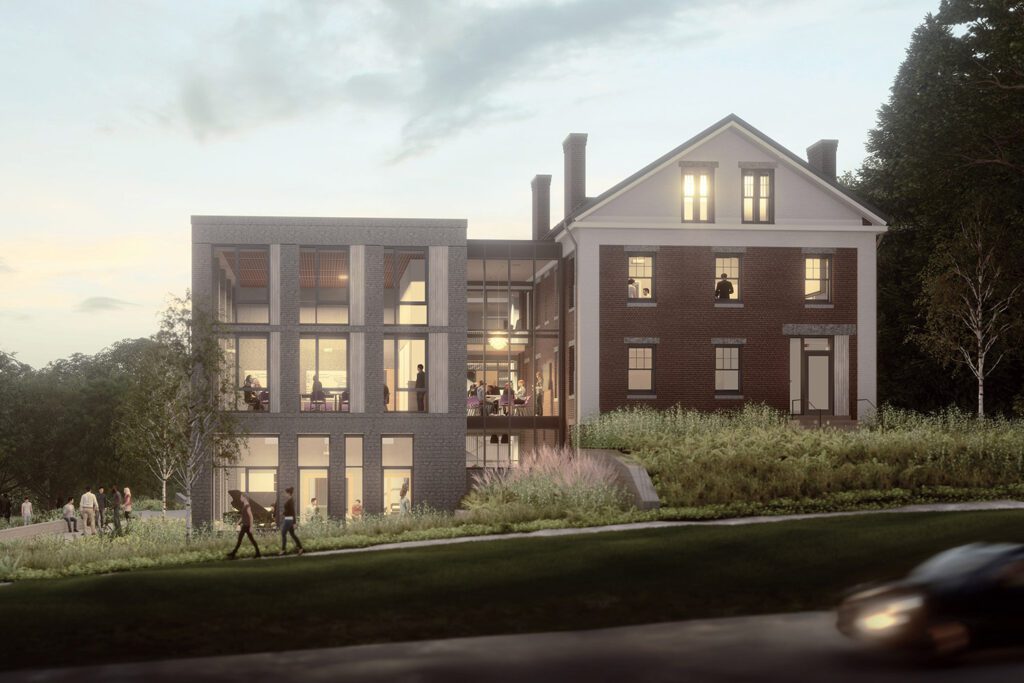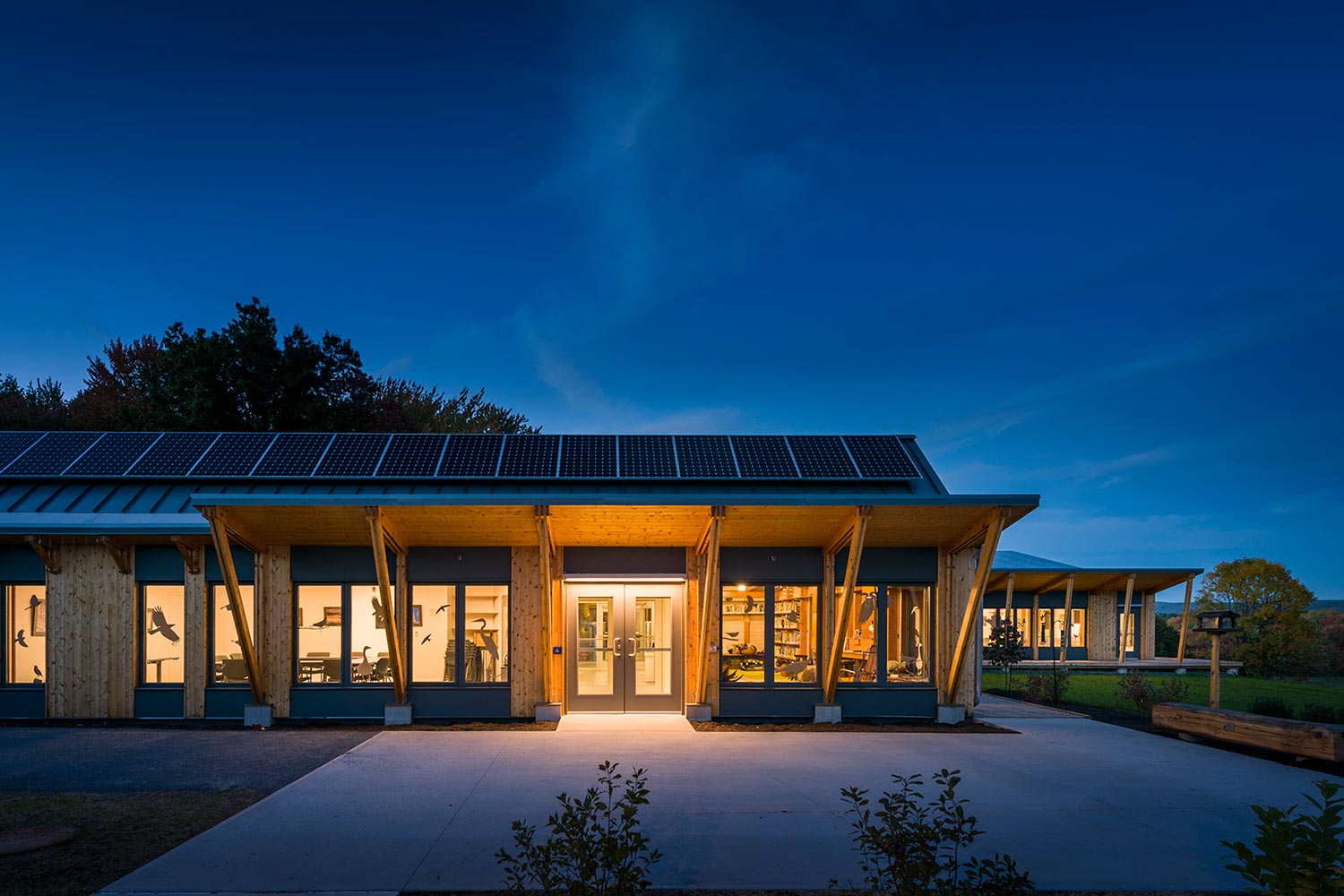
Hitchcock Center for the Environment
Amherst, MA, US
Project details
Client
Hitchcock Center for the Environment
Architect
designLAB Architects
Duration
Completed in 2017
Services provided by Buro Happold
Building Services Engineering (MEP), Energy consulting, Sustainability
Founded in 1962, the Hitchcock Center for the Environment is a ground-breaking, net zero energy Living Building and education center. Serving over 30 communities and hosting 50 schools a year, the original site was stretched for space, which motivated the design for a new structure nearly twice its size.
Buro Happold provided MEP engineering, energy modelling and sustainability consulting for the project’s expansion. Working closely with the Hitchcock Center team, our experts developed strategies that adhered to the most stringent sustainability standards and harmonized with the building’s natural surroundings.
Living Buildings produce more energy than they use and collect and treat all water on site. To meet these imperatives the site harvests and recycles its own rainwater, uses composting toilets and is constructed with responsibly sourced, non-toxic materials. The 9,000ft2 site incorporates classroom spaces, a resource center, demonstration gardens, teaching pavilions and trail systems that all celebrate a deep connection with the natural world.
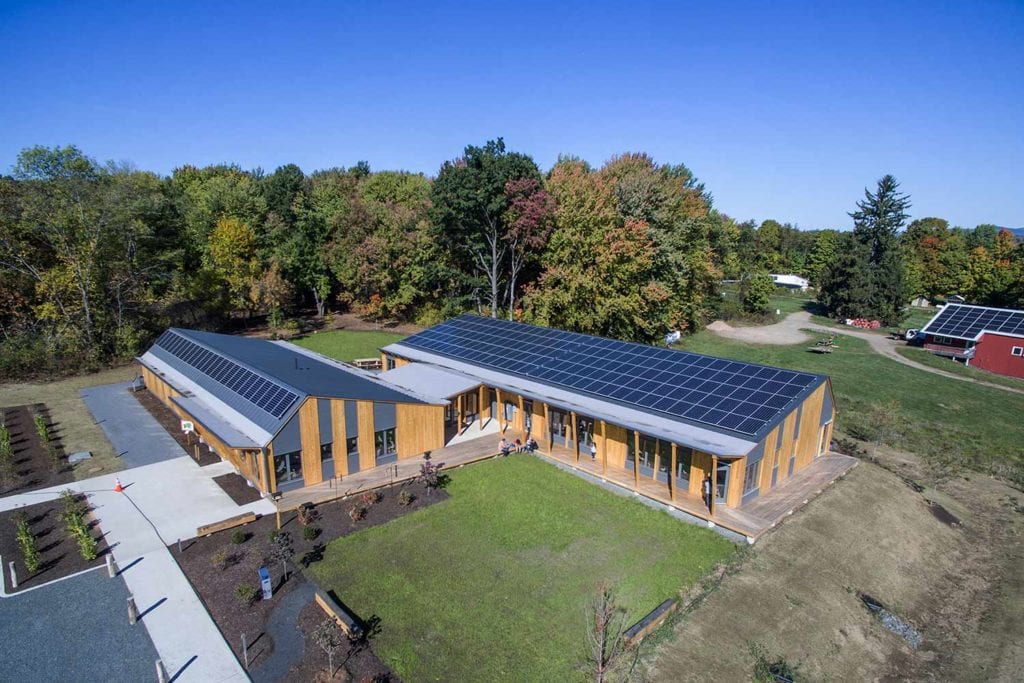
Challenge
The Hitchcock Centre aspires to meet Living Building ChallengeTM. (LBC) accreditation, the world’s most rigorous proven performance standard for buildings. Living Buildings give more than they take, functioning cleanly and efficiently. They are also teaching tools and sources of inspiration.
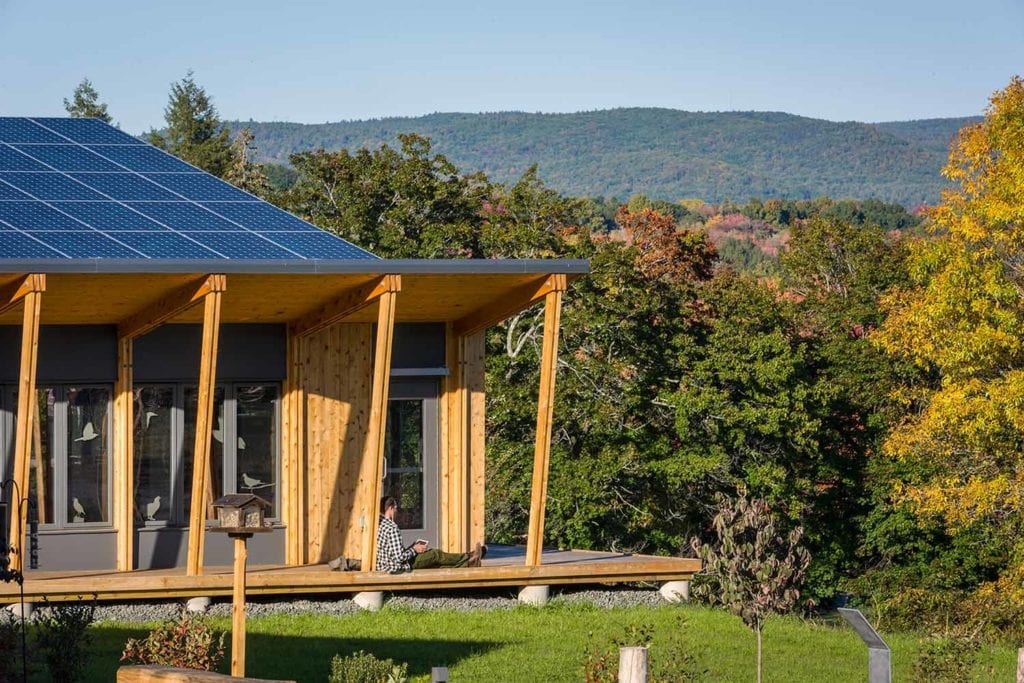
Solution
Achieving the most advanced sustainability standards, our team of experts adopted innovative design strategies. This included a seven-filtered water system – only the second such system permitted by the Massachusetts Department of Environmental Protection. The filter system permits the building to achieve the net-zero water requirement of the LBC. Rainwater that falls on the site stays on site, as it would if it were an intact, undisturbed natural ecosystem. Designed to prevent unnecessary storm water run-off and to conserve water through landscaping, rain gardens and bioswales support a diverse array of plant and animal life, as well as naturally recharge underground water reserves.
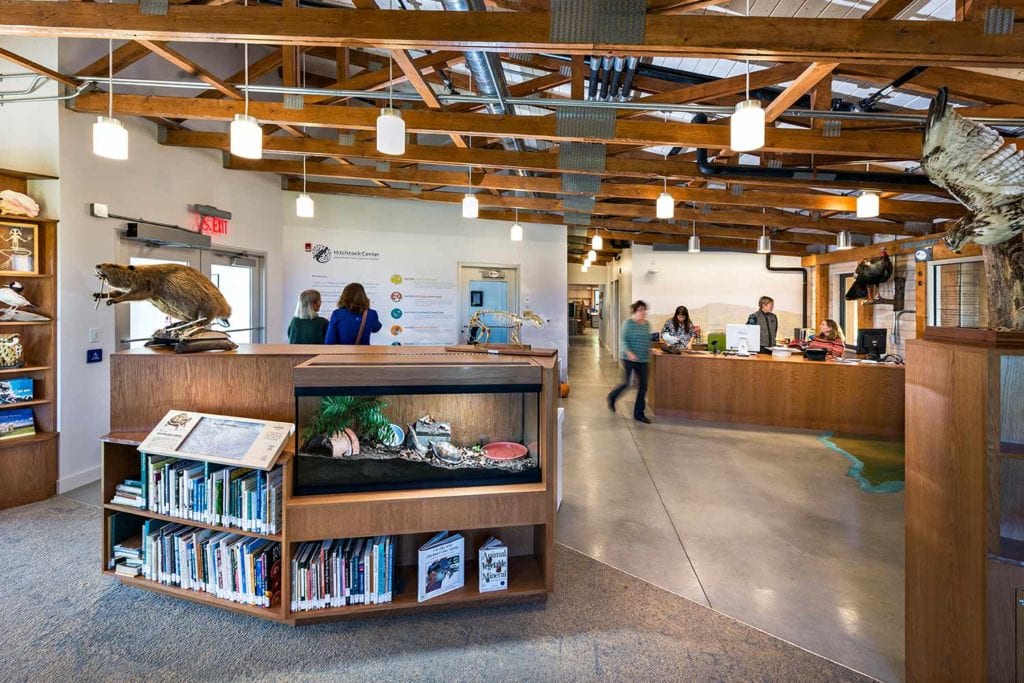
Natural ventilation inside the building is maximized using environmentally-friendly, locally-sourced materials. Heat pumps cool and heat the space, delivering one-and-a-half to three times more heat energy than the electrical energy they consume.
The Center has been designed with many windows to take advantage of natural daylight and energy is derived from solar roof panels. Waste is significantly mitigated through composting throughout the site.
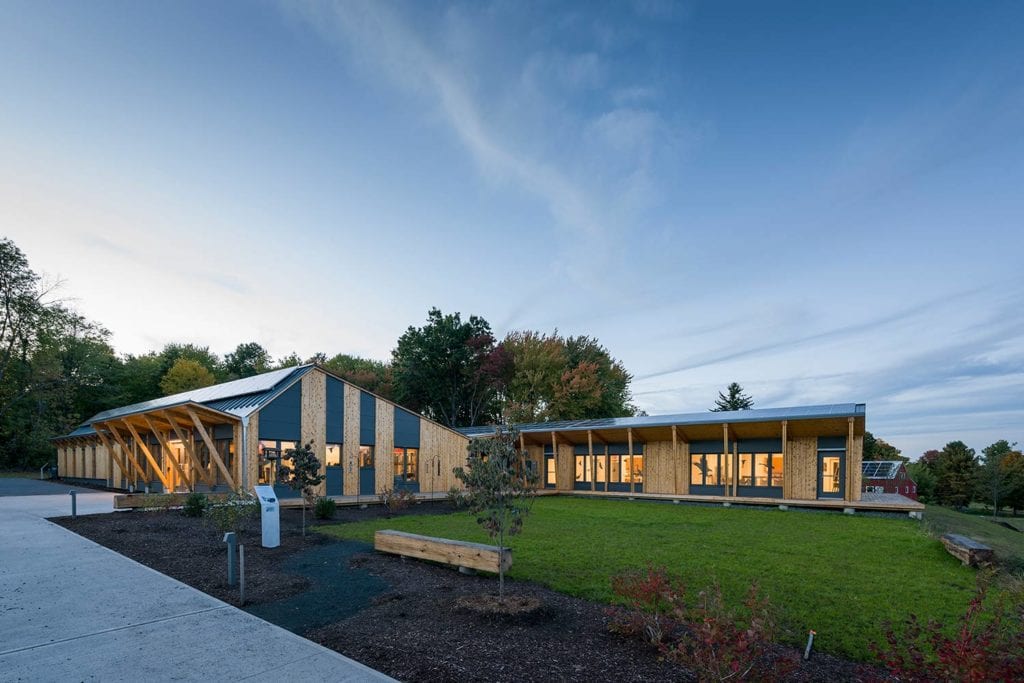
Value
Our experts’ advice and sustainable strategies allow the Hitchcock Center for the Environment to meet LBC targets. This unique project is an educational exemplar of how rather than just working with nature, we can engineer buildings and sites to emulate nature.
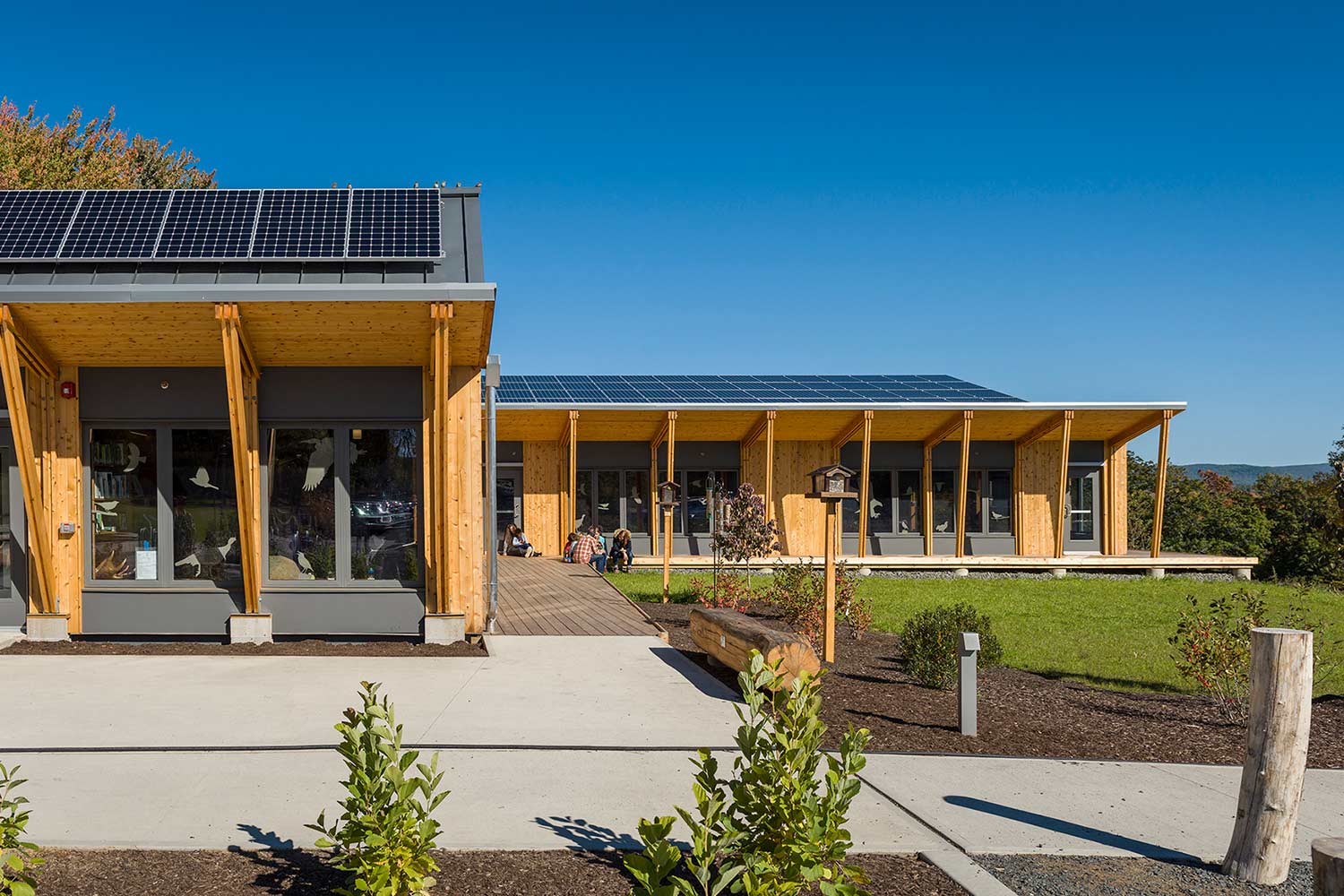
Awards
2018
Boston Society of Architects/AIA, BSA Foundation BSA Design Awards Programs: Sustainable Design



